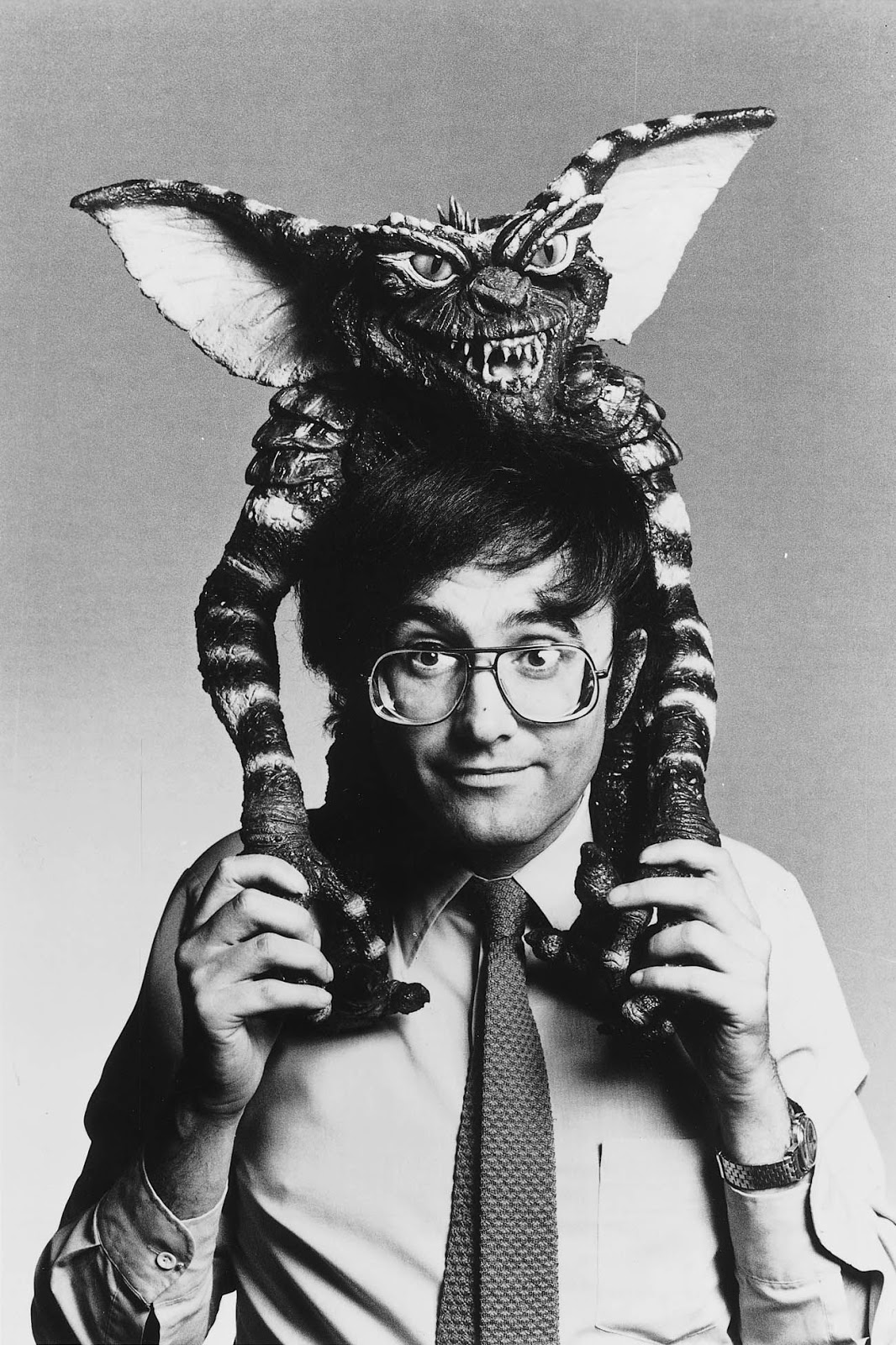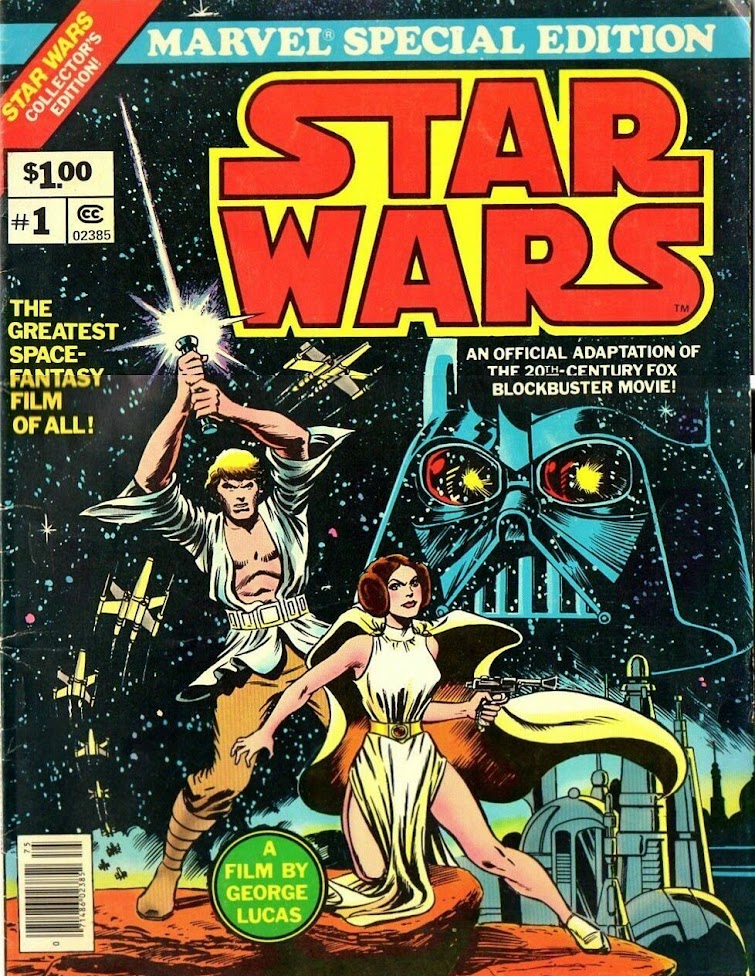Movie Review: THE DISASTER ARTIST
PLAN 9 FROM OUTER SPACE, THE CREEPING TERROR, TROLL 2,
BIRDEMIC or THE LAST JEDI (if we are to believe some rabid fanboys), we all
have a movie we may consider ‘’The Worst of all time’’. The coveted title is
incumbent to a series of factors that can define what makes a movie terrible;
cheap special effects, horrendous acting, confusing script, nonsensical
dialogue, etc…
Considering these
ingredients as the recipe for the perfect cinematic lemon, there is no denying
that Tommy Wiseau’s THE ROOM more than qualifies as a serious contender. As a
matter of fact, ever since its release in 2003, the film has become a midnight
screening phenomenon, where fans delight in the mind numbing dialogues and
director/writer/star Wiseau’s impenetrable performance.
Is THE ROOM the worst film of all time? It’s obviously a
very subjective issue. I believe there are out there a plethora of movies that
are more mind-numbingly crappy, but what sets Wiseau’s epic tale of love and betrayal apart is the loftiness of the author’s aspirations, unable to realize
his own lack of talent and promoting the film as an Oscar-contender. A vanity
project in every sense of the word, the enigmatic Wiseau dreamt of creating an
opus worthy of Tennessee Williams, and lumbers awkwardly through almost every
frame of the film, enrapturing the audience with his dead bovine stare,
spouting inscrutable lines of dialogues that would put Ed Wood’s own
questionable handle of the English language to shame, and embraces an embarrassingly
backwards and misogynist view of the world.
Also the fact that $6 million were engulfed in the
production of such a low-rent effort can be mind numbing if you think too much
about it. It is part of folklore by now that Wiseau was independently wealthy,
and had both moments of astounding cheapness (not providing water for the cast
and crew sweltering in an overheated studio) to irrational spending (shooting
both on HD video and film, for no reasons whatsoever). The source of his
wealth, his origins and his age are also constant mysteries.
Or at least, that’s what James Franco’s THE DISASTER ARTIST
would want us to believe. It makes great effort to preserve the legend of
Wiseau, even though the book the film is based on (co-written by THE ROOM co-star
Greg Sestero) goes to great lengths to debunk that modern myth. A bit like Tim
Burton’s superb retelling of ED WOOD’s ‘’rise to fame’’, THE DISASTER ARTIST
portrays an unlikely friendship between two outcasts of the film industry. One
is an actor who is having difficulties finding roles, the other, an
iconoclastic director who ‘’lights the class on fire while the rest of the
students just play with their chemistry sets’’.
The Oscar nominated script cleverly builds up a certain
suspense in the first half hour, as Wiseau is such an odd borderline creepy
character, there is that SINGLE WHITE FEMALE vibe about his relationship with Sestero.
His odd mannerisms, his bizarre accent and his unwillingness to talk about his
origins and his source of income ends up creating a tangible sense of dread.
Eventually, an unlikely an tenuous friendship blossoms between the two would-be
artists (played by director James Franco and his brother Dave, who obviously
shares a lot of chemistry together) as they decide to make their own independent
movie so they can work and demonstrate their talent.
I love films about moviemaking. I find the process
fascinating. But films about low-budget filmmaking are especially endearing to
me, not only because I have a particular affinity with movies made on the
cheap, and that I myself made a low-budget film years ago, but also for the
wealth of stories that can be drawn from such bargain-basement ventures. The
aforementioned ED WOOD sits on top of a list that includes LIVING IN OBLIVION,
THE CREEP BEHIND THE CAMERA, MATINEE, BOWFINGER, CECIL B. DEMENTED and THE BIG PICTURE, to name just a few movies that flips around the glamorous aspects of
movie making, so often explored in a fascinating yet incestuous way in
Hollywood (THE BAD AND THE BEAUTIFUL, SINGIN' IN THE RAIN, THE ARTIST…). There
is a form of happiness to be found on a film set, as an old actress (Jacky
Weaver) poignantly declares in THE DISASTER ARTIST. ‘’We’re actors…even the
worst day on a movie set is better than the best day anywhere else.’’
THE DISASTER ARTIST explores perfectly the madness that
permeates such cut-rate productions, melding together both comedy and pathos,
aided by Franco’s pitch-perfect (And Golden Globe winning) interpretation of
the cryptic Wiseau, described appropriately in Sestero’s book as a ‘’pirate’’,
a ‘’Cro-Magnon’’ and ‘’an escaped muppet’’, all aspects that transpires hilariously
through Franco’s performance. He admits to staying in character as he was
directing the film, although not to the point Jim Carrey lost himself into his
Andy Kaufman performance in Milos Forman’s MAN ON THE MOON (as compellingly
explored in JIM AND ANDY: THE GREAT BEYOND). It’s probably the only time someone
both directed and starred in a movie as a director who stars in his own movie.
He brings a level of humanity in a character that could easily be a joke, and
by the time we reach the ultimate scene where THE ROOM premieres in front of an
incredulous crowd who progressively guffaws then laugh outright at a film that
should have been a drama, we can feel Wiseau’s heart breaking, his dreams of recognition
shattered to pieces.
Along with a made-up subplot concerning a beard and Bryan
Cranston, there lies one of the few embellishments the writers added to make
the ending of the film a bit more positive (in a similar manner that Burton
ended ED WOOD with a gala premiere of his PLAN 9 FROM OUTER SPACE that was
nothing like the private preview screening that actually occurred). In an
ENTERTAINMENT WEEKLY interview, Robyn Paris, who played ‘’the chocolate girl’’
in THE ROOM, remembers the premiere differently:
‘’ Sure, the ending of The Disaster Artist
gives this real-life tale the Hollywood golden-brush stroke treatment and
the timeline of The Room audiences’ uproarious
reaction is consolidated for storytelling efficiency. In reality, at The Room premiere, people were
laughing, but certainly not cheering — yet. I personally was laughing so hard,
I had tears streaming down my face — but quietly because I didn’t want to
offend Tommy. In fact, many people walked out of The
Room premiere within the first five minutes. Those who stayed got a
delicious treat.’’
THE ROOM’s publicist, who had organized the premiere,
recalls: ‘’ "It was one of the most embarrassing evenings of my
life," says the PR man, who hadn't been allowed to see the film first and
saw his reputation go up in flames as The Room bowed to
the 500-seat theater he had filled with clients and friends (most of whom he
claims had "hightailed it" before the end).’’
 |
| Karen Kramer, Tommy Wiseau and publicist Edward Lozzi at the 2003 Los Angeles premiere of The Room. |
The story on how the film reached cult status, and how
Wiseau accepted to embrace the ‘’Midnight Movie’’ potential the film had is in
itself a captivating look into cult phenomenon. It may sound disingenuous to
hear Wiseau try to save face in interviews nowadays stating he always meant for
the film to be a comedy, but he did manage to turn a failure into an
international success, reportedly earning him close to 20,000$ a month in
revenues from showings all across the globe.
In the words of Sestero, ‘’success is measured by what one
does with failure’’. Maybe Ed Wood
himself would have gone through a similar process if the cult about PLAN 9 hadn’t
started only two years after his death when the Medved brothers released the
book THE GOLDEN TURKEY AWARDS in 1980. Would he have embraced the recognition
of making one of the most beloved bad movies of all time, or would he have
hidden in shame? One has to wonder if
Wiseau still doesn’t hurt a bit inside whenever someone laughs at his atrocious
acting, or if the steady flow of lucre is enough to ease that pain.








Comments
Post a Comment